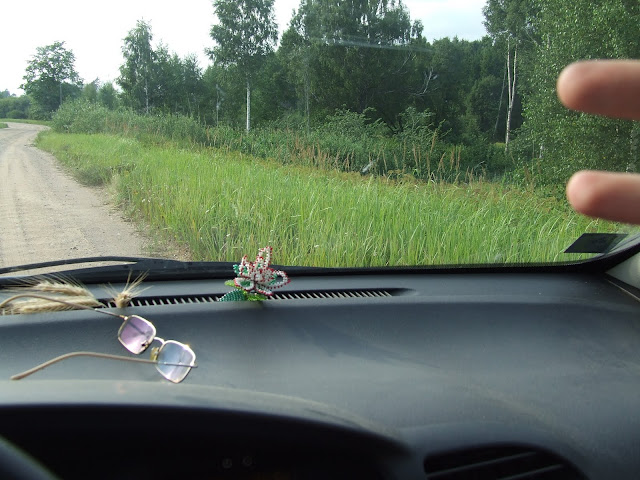Chickens Running in All Directions (VI)
Since an existential crisis in a community’s and nation’s life is necessarily a moment closely tied to founding violence, or ‘re-founding violence’ as the case may be, can Latvians find the mechanism of peace in a re-founding sacrifice?
Though the answer may be in the affirmative, before we come to it, we must see what the scapegoat mechanism with regard to Latvia
One of the mechanisms is games of chance or lottery. An old game of chance is known as King’s cake http://en.wikipedia.org/wiki/King_cake : only one of the slices of the cake will contain a bean or a piece of coal. He who gets the piece with the bean or coal is the “chosen” one. As Girard points out, games of chance are the only games specific to man, and closely related to sacred rituals. Whoever chance chooses is also the chosen reconciliator of the community, i.e., sacrifice.
Often however the reconciliator is a person already in the public’s eye, and this may be the case of Latvia Latvia
In short, the symbolic King’s cake, when ready to serve, goes to the first person in Latvia
Interestingly, while President Berzins has become citizen number #1, this was not clear to the rest of the world at the time of his election (June 2nd).
When the news of Berzins elevation to the post of President of Latvia first reached foreign ears, many thought that Berzins was another Berzins http://www.diena.lv/sabiedriba/politika/ekspremjers-andris-berzins-kluvis-par-saeimas-deputatu-775757 . The mix-up occurred because Berzins the President came as if out of the woodwork. This is not to say that the man was not around, but he was never particularly noticed for either initiative or excellence. He was simply there, so to speak, waiting to serve Latvia
How did Andris Berzins star pop up so suddenly? By all signs, he was chosen quickly and in circumstances shrouded by secrecy. In fact, those closest to Berzins and Berzins himself were not quite prepared by the honor. This was particularly noticeable during the President’s first days in office.
· When Berzins had a photo-op with high ranked visitor from Estonia
· The President’s common-in-law wife (until July 4th, when a hasty marriage was arranged) was barely acquainted with the idea of her companion becoming Latvia
· It appears that the new president craves invisibility, what with opting not to spend his off hours at the Jurmala residence of presidents, but preferring an Old Town Riga apartment instead.
· It is understood that the new President’s out of Riga
To discover the answer for Berzins sudden rise to power, there is an interesting, even plausible story. This writer has it from a well placed and believable source.
The story does not however begin with President Andris Berzins, but the mayor of the City of Ventspils Aivars Lembergs , Latvia London
The story tells that the bets among legal minds favor the possibility, even likelihood, that Aivars Lembers will be arrested when he appears in court in London
The story then takes another interesting twist. It appears that if the court in London London Latvia Latvia
If President Berzins is suspected of being in office as a result of a deal with mayor of Ventspils, in other words, if the story above has veracity, who of the two—Berzins or Lembergs--becomes the scapegoat?
As in a sacred game of chance, we can toss the coin. Call your choice: heads or tails. On the other hand, we may remember that Latvia Latvia Soviet Union .
Does the President of Latvia Andris Berzins have cause to remember President Ulmanis failure, or does he rather remember the why and wherefore he came into office?























